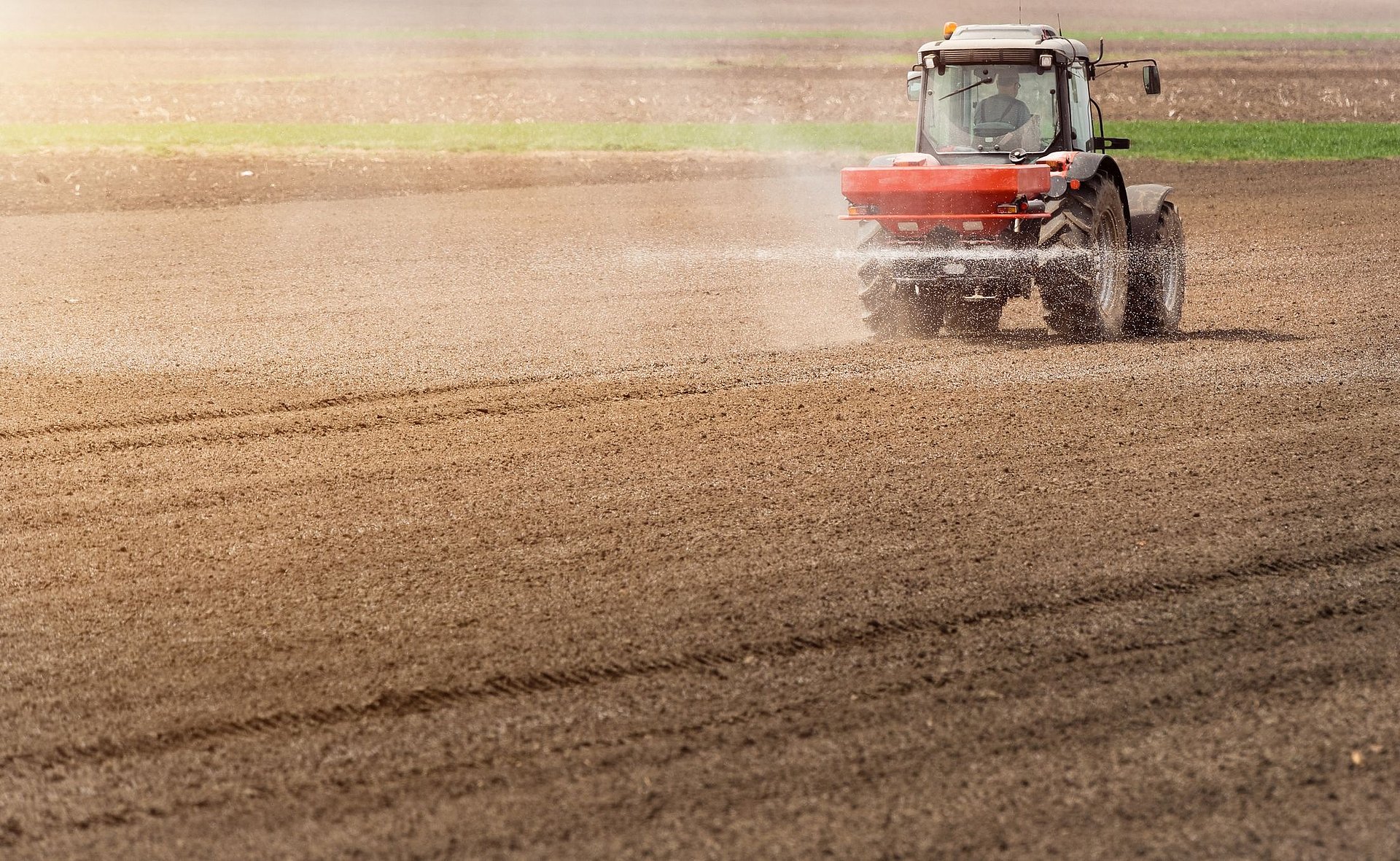Agricultural policies in Germany
Regulations for ammonia reduction are successful

Currently, 95% of the global ammonia emissions caused by humans originate from agriculture. Therefore, various policies have been implemented worldwide to reduce these anthropogenic pollutants. In Germany, the Fertilizer Application Ordinance (DüV) was first introduced in 1996 and amended in 2017 and 2020. It aims to implement the EU Nitrate Directive to protect groundwater and ammonia abatement target for 2030, set by the EU National Emission Ceiling Directive. The Technical Instructions on Air Quality Control (TA-Luft) complement these measures with specific guidelines to reduce ammonia emissions into the air from livestock housing and manure storage. Researchers at the TUM in collaboration with the Thünen-Insitute for Climate-Smart Agriculture in Braunschweig, Germany evaluated the effectiveness of these regulations.
The research showed that after the DüV was amended, national ammonia emissions in Germany reduced by 15.5% in 2021 across all sectors, compared to 2005. In the agricultural sector, emissions were decreased by 13.6% in the same period, which was achieved partially due to the reduction in synthetic fertilizer application by around 36%.
Urease inhibitors successfully mitigate ammonia emissions
Urea is one of the most important synthetic nitrogen fertilizers, generating high ammonia emissions. Measures to reduce these emissions are to incorporate urease inhibitors with the urea or incorporating urea into soil. With the amended DüV in 2020, Germany was the first country to implement these regulations. The results show that ammonia emissions from synthetic nitrogen fertilizers in Germany have fallen by 65% since 2016. 83% of the reduction in ammonia emissions from synthetic nitrogen fertilizers was achieved by implementing these regulations. “The application of urease inhibitors for urea may, therefore, be an important strategy for other countries where synthetic fertilizers are the main driver of ammonia emissions.”, says Yuncai Hu from the research team at the TUM.
In Germany, however, 80% of ammonia emissions still come from livestock manure and digestates. Yuncai Hu emphasizes: “After the success of the two former regulations, research in Germany should now focus on developing further strategies to reduce the emissions from livestock manure, specifically.”
Hu Y., Flessa H., Vos C., Fuss R., Schmidhalter U.: Successful NH3 abatement policies and regulations in German agriculture. Science of the Total Environment 956, 177362 (2024). doi.org/10.1016/j.scitotenv.2024.177362
- The research is part of the objectives of the joint project NH3-Min coordinated by the Thünen Institute.
- Dr. habil. Yuncai Hu and Emeritus Prof. Dr. Urs Schmidhalter are associated with the Hans Eisenmann-Forum (HEF) and the TUM School of Life Sciences.
- The project was funded by the Federal Ministry of Food and Agriculture (BMEL) and the Landwirtschaftliche Rentenbank.
Technical University of Munich
Corporate Communications Center
- Linda Schinnenburg
- presse@tum.de
- Teamwebsite
Contacts to this article:
PD Dr. Yuncai Hu
Technical University of Munich
Precision Agriculture
Tel.: +49 8161 71 5097
yc.hu@tum.de
